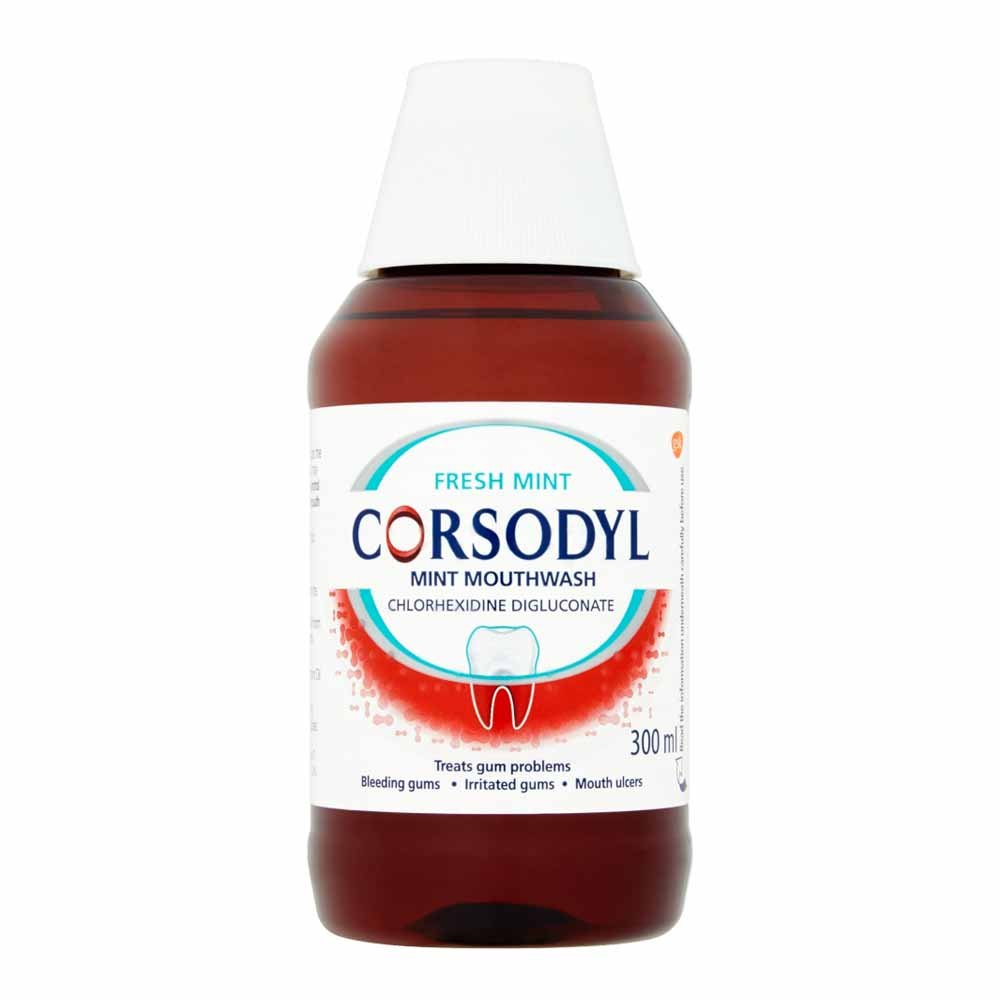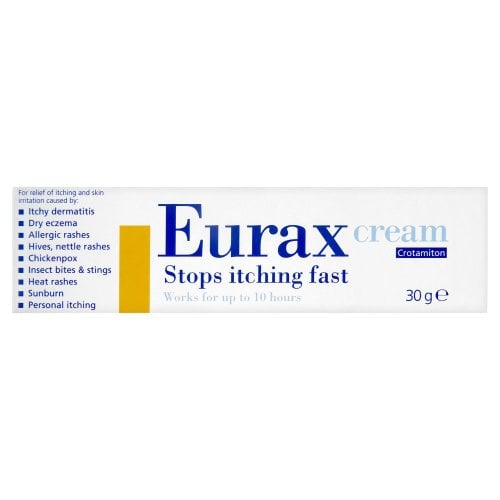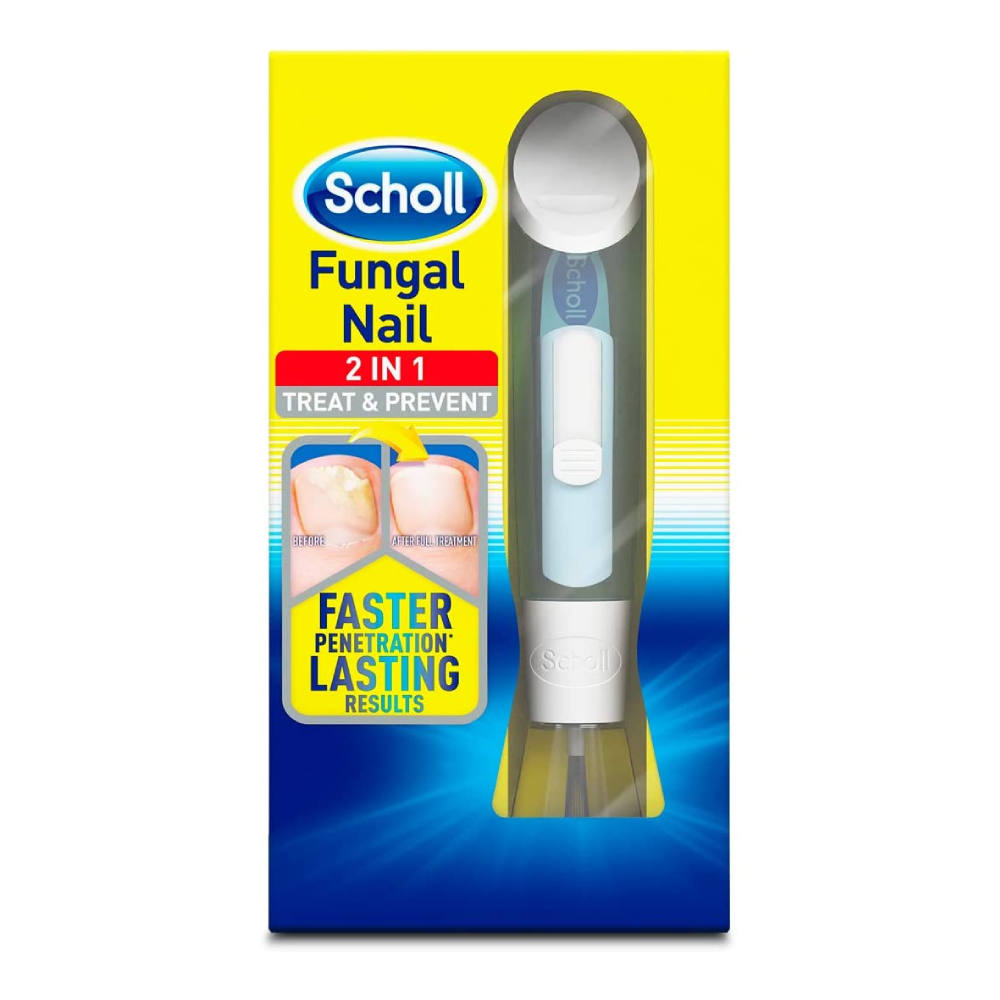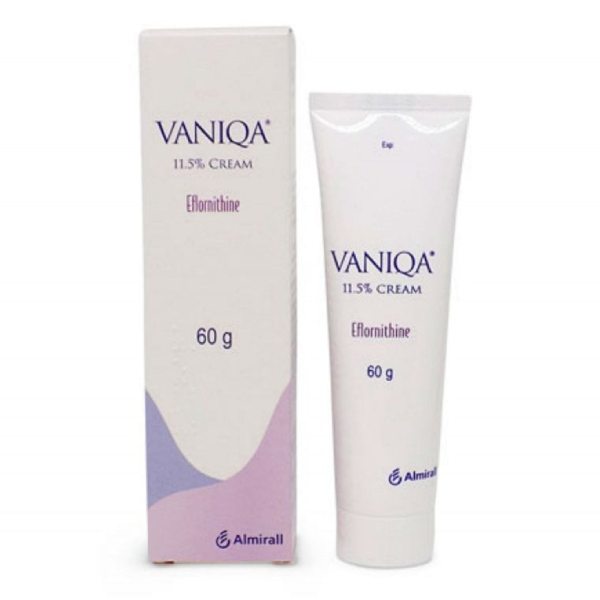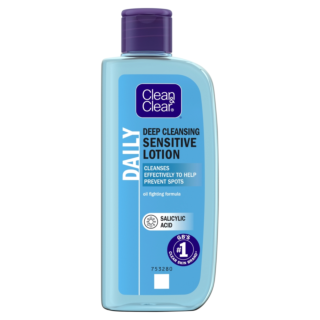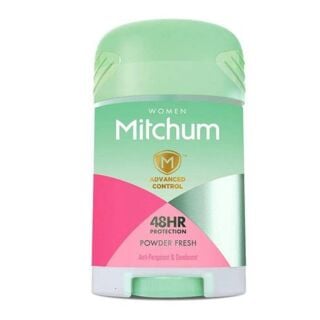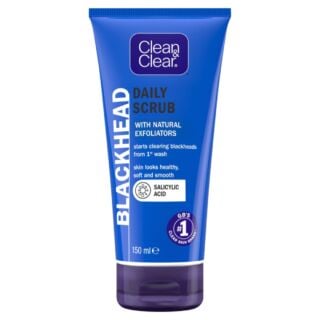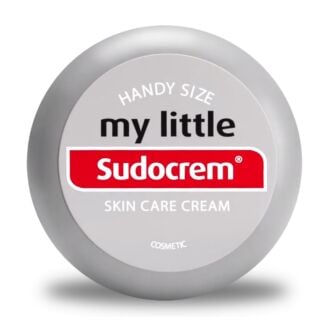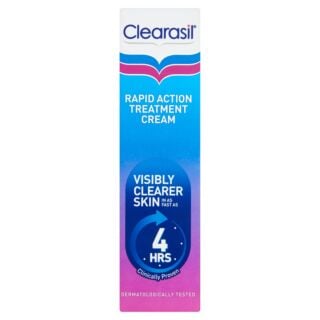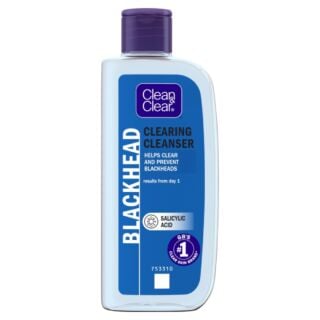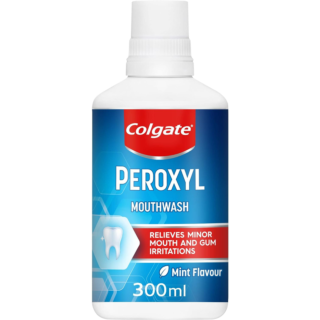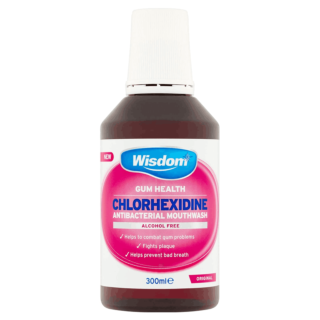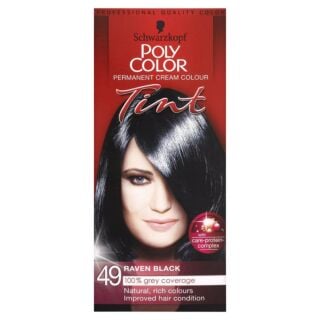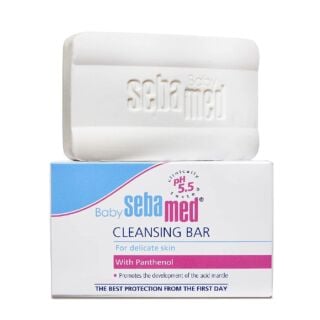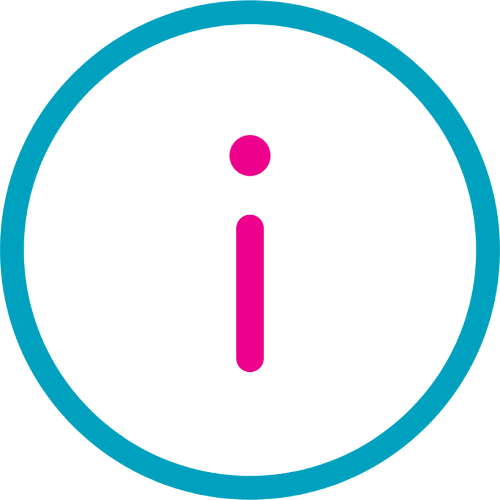Toiletries
Maybe you just want to stock up on your daily essentials, set some products aside for when you go to the gym, or you’re going on holiday and want to make sure you’ve got everything you need. … Read More See less
Whatever the reason, we know that feeling of there always being something missing, whether it’s shampoo, conditioner, shower gel or feminine hygiene wash.
The easiest way to make sure you have what you need when you need it is to organise your toiletries for different uses in different bags. That way, when you’re running late for the gym or a flight, you can just grab the bag you need, rather than having to think of individual items.
Thankfully, we’ve got all the toiletries you need for every occasion at Chemist 4 U. Let’s go through which items actually qualify as a toiletry and which products we recommend for your toiletry bag, such as the best anti dandruff shampoo, intimate wash for women and the best pimple spot cream.
What are toiletries?
Toiletries are self-care items that are used for maintaining personal hygiene and grooming. For example, your toothpaste and deodorant. Though what you class as a toiletry depends on your personal habits and requirements. Ultimately, these items are necessary for you to complete everyday tasks and contribute to your overall cleanliness and wellbeing.
How to pack for travelling?
If you’re the type of person who likes to throw all your essentials into a bag and be done with it, there’s nothing wrong with that. But when you’re travelling, being a little more organised is essential for complying with airport regulations while making sure you have what you need.
Most airlines have specific rules about the liquids you can have in carry-on bags, and place restrictions on size and packaging. For the most part, liquids or gels must be in containers of 100 ml and stored in a clear bag.
So, to make sure you have everything you need for your travels, our top tip is to make a list of the items you’ll need on your trip. If you are not going to be able to fit everything you need in your carry-on luggage, note down what you need to buy when you get to your destination. Then, transfer the items you can take into smaller, reusable containers or buy travel-sized versions.
What toiletries do I need?
Hygiene toiletries
- Toothbrush – try our two pack of Wisdom toothbrushes, the Oral-B Vitality PRO Black Electric Toothbrush or, for your 0–2 year old, the Wisdom Step by Step Toothbrush
- Toothpaste – get the Colgate Max White Luminous Toothpaste, the Arm & Hammer Sensitive Care Toothpaste or protect your little one’s teeth from sugar acid with the Aquafresh Little Teeth Fluoride Toothpaste 3-5 Years
- Shampoo – Neutrogena’s T/Gel Therapeutic Shampoo is rated five stars or, if you struggle with dandruff, try our best rated anti dandruff shampoo
- Conditioner
- Shower gel – you can treat eczema and dry skin in the shower with Oilatum Fragrance Free Shower Gel or moisturise while you wash with E45 Emollient Shower Cream
- Lip balm – moisturise your lips with Nivea’s Repair & Care Lip Balm with SPF
- Tweezers
- Cotton swabs/buds/pads
- Dental floss – we have a variety of dental floss options to choose from, such as these Easy Slide Flossers from Wisdom and Oral-B’s Essential Floss
- Soap – Pears Transparent Soap is highly rated by our customers, or, if you have eczema or dermatitis, you can use Dermol Wash Emulsion as a soap alternative
- Body wash – to soothe dry, itchy skin, buy Aveeno’s Daily Emollient Body Wash or Aveeno Baby if your little one has sensitive skin. For an intimate female wash, try Femfresh Intimate Wash for Ladies
- Face wash – Clean & Clear’s Exfoliating Daily Wash is a great all-rounder but, if you have mild acne, try Acnecide Face Wash with 5% Benzoyl Peroxide or Quinoderm Antibacterial Facewash
- Sun cream – for extra protection, get Eucerin Sun SPF50+ Dry Touch Gel Cream or, for your little one, Nivea Kids Sun Cream Roll On SPF50. Alternatively, Uvistat’s Sun Cream SPF30 provides high protection for sensitive skin
- Shaving cream and aftershave – try Palmolive For Men Classic Shave Creamor NIVEA’s Sensitive Post Shave Balm
- Deodorant – for extra control over your odour, try Perspirex Extra Strength Antiperspirant Roll On or, for something slightly less intense, Mitchum’s Powder Fresh Stick Deodorant. If you prefer a spray, Odaban’s Antiperspirant Spray is highly rated by our customers
- Hand sanitizer – stock up with a case of six Medi-70 Fast Drying Antibacterial Hand Gel’s
Beauty toiletries
- Makeup
- Makeup remover – Cetaphil’s Gentle Skin Cleanser hydrates and moisturises as it removes your makeup
- Facial wipes – Systane’s Eyelid Cleansing Wipes are hypoallergenic and remove your makeup
- Hair dryer
- Hair straightener
- Curling iron
- Hairbrush or comb
- Hairspray – Silvikrin’s Classic Hair Spray Maximum Hold can keep your hair in place with no stickiness
- Hair ties
- Lotion – if you have eczema or dermatitis, Cetraben Lotion can help to clear your skin and reduce the urge to itch
- Moisturiser – soothe dry skin with QV moisturising cream or rehydrate skin damaged by eczema and psoriasis with Epaderm’s emollient, bath additive and skin cleanser
- Perfume/cologne
- Nail clippers and nail file
- Hair gel
- Razor – try the Gillette Mach3 Razor and Razor Blades for Men or the Simply Venus Disposable Razors
- Contact lens solution – Vizulize Saline Solution For Sensitive Eyes can be used with soft, hard and silicon hydrogel contact lenses
- Spot cream – for those pesky spots that sneak up and try to ruin your day, the best spot cream is Clearasil Rapid Action Treatment Cream for visibly clearer skin in 4 hours
Sources

Free delivery when you spend over £30

100% discreet delivery for every item ordered
Fully regulated UK pharmacy
What is the best type of deodorant?
There are many varieties of deodorant, and it can be overwhelming to choose which one.
There are roll-ons, sprays, antiperspirants and ones that mask sweat with fragrance, but it all depends on your preference and lifestyle.
If you travel frequently or find you need a top-up at work, a roll-on antiperspirant is ideal because it’s discreet and the bottles are smaller, making it easier to carry around.
But if you’re partaking in sports or going to the gym, a spray could be the best choice as it can cover your entire body with a few quick sprays after you’re done.
What is the difference between deodorant and antiperspirant?
Antiperspirant and deodorant are different products.
Deodorant masks odour, whereas antiperspirant reduces how much you sweat.
However, quite often both are combined into a single product to reduce sweating and to keep you smelling fresh.
When is the best time to apply deodorant?
Most people apply their deodorant in the morning before they get dressed for the day, but actually, the best time to apply deodorant is at night.
This is because your sweat glands will be more receptive to the deodorant’s active ingredients when they’re less active themselves, giving you more protection against sweat.



